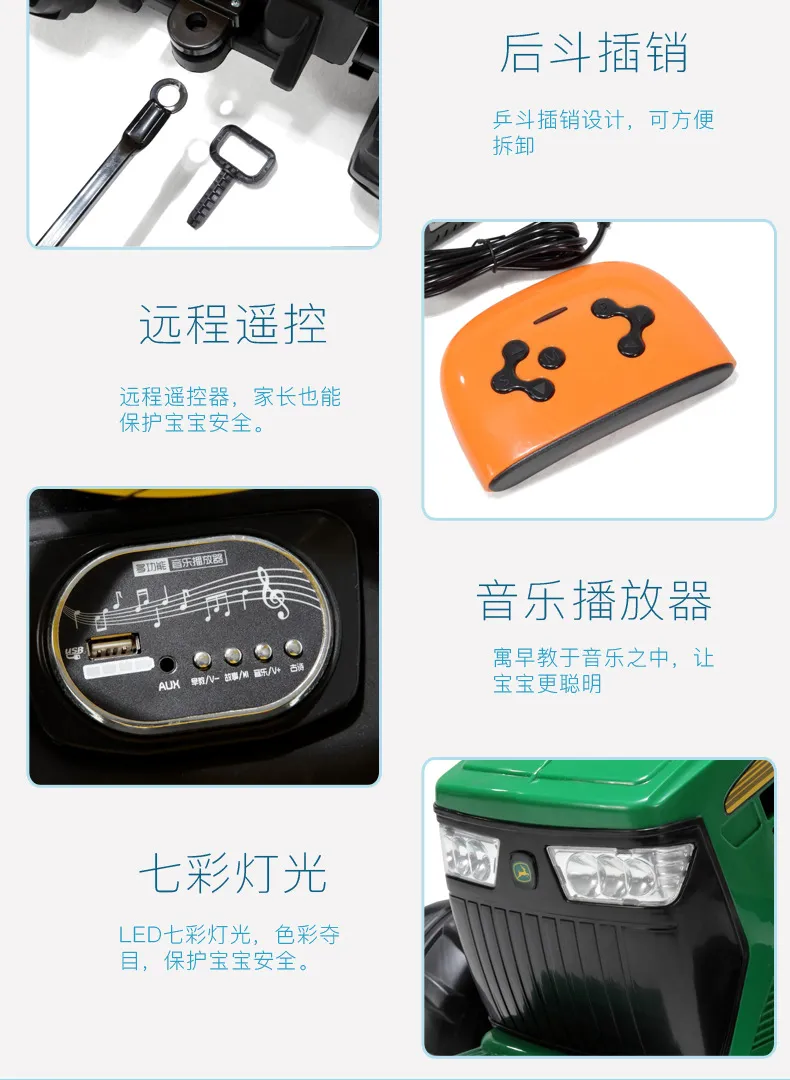
- Afrikaans
- Albanian
- Amharic
- Arabic
- Armenian
- Azerbaijani
- Basque
- Belarusian
- Bengali
- Bosnian
- Bulgarian
- Catalan
- Cebuano
- Corsican
- Croatian
- Czech
- Danish
- Dutch
- English
- Esperanto
- Estonian
- Finnish
- French
- Frisian
- Galician
- Georgian
- German
- Greek
- Gujarati
- Haitian Creole
- hausa
- hawaiian
- Hebrew
- Hindi
- Miao
- Hungarian
- Icelandic
- igbo
- Indonesian
- irish
- Italian
- Japanese
- Javanese
- Kannada
- kazakh
- Khmer
- Rwandese
- Korean
- Kurdish
- Kyrgyz
- Lao
- Latin
- Latvian
- Lithuanian
- Luxembourgish
- Macedonian
- Malgashi
- Malay
- Malayalam
- Maltese
- Maori
- Marathi
- Mongolian
- Myanmar
- Nepali
- Norwegian
- Norwegian
- Occitan
- Pashto
- Persian
- Polish
- Portuguese
- Punjabi
- Romanian
- Russian
- Samoan
- Scottish Gaelic
- Serbian
- Sesotho
- Shona
- Sindhi
- Sinhala
- Slovak
- Slovenian
- Somali
- Spanish
- Sundanese
- Swahili
- Swedish
- Tagalog
- Tajik
- Tamil
- Tatar
- Telugu
- Thai
- Turkish
- Turkmen
- Ukrainian
- Urdu
- Uighur
- Uzbek
- Vietnamese
- Welsh
- Bantu
- Yiddish
- Yoruba
- Zulu
Aug . 06, 2024 06:57 Back to list
Steps to Properly Install a Mountain Bike Derailleur for Optimal Performance
How to Install a Mountain Bike Derailleur
Installing a mountain bike derailleur can seem daunting, especially if you’re new to bike maintenance. However, with the right tools and a step-by-step approach, you can successfully install your derailleur and improve your bike’s shifting performance. In this guide, we will walk you through the entire process.
Tools Needed
Before you begin, make sure you have the following tools handy - Phillips and flat-head screwdrivers - 5mm Allen wrench (or the size needed for your particular derailleur) - Chain breaker tool - Bike lubricant - Clean rags
Step 1 Prepare Your Bike
Start by placing your bike in a stand or flipping it upside down. This will give you easy access to the drivetrain. Make sure to clean the area around the derailleur to remove any dirt or grime that could interfere with the installation.
Step 2 Remove the Old Derailleur
If you are replacing an old derailleur, you will need to remove it first. Unscrew the derailleur from its mounting place, usually located on the rear dropout. Use the 5mm Allen wrench to loosen the bolts. After unscrewing, carefully detangle the chain from the derailleur to free it completely.
Step 3 Install the New Derailleur
Take your new derailleur and align it properly with the derailleur hanger. The derailleur should sit parallel to the cassette and should be stable once tightened. Use the Allen wrench to secure it in place. Make sure it’s not too tight, as this could damage the hanger, but tight enough that it won’t move during use.
Step 4 Reinstall the Chain
how to install mountain bike derailleur

With the new derailleur in position, it’s time to reinstall the chain. Thread the chain through the derailleur, ensuring it follows the correct path 1. From the bottom of the chainstay, around the jockey wheels of the derailleur. 2. If your bike has a clutch, make sure to engage it, which helps keep tension on the chain.
Step 5 Adjust the Limit Screws
Once the chain is in place, you need to adjust the limit screws on the derailleur. These screws control how far the derailleur can move, preventing it from pushing the chain off the cassette. Locate the ‘H’ (high) and ‘L’ (low) limit screws.
1. Shift the chain to the smallest chainring and the smallest cog. 2. Adjust the ‘L’ screw until the derailleur is aligned perfectly with the smallest cog. 3. Shift to the largest chainring and the largest cog, then adjust the ‘H’ screw until the derailleur is aligned with this cog.
Step 6 Fine-tuning the Cable Tension
After adjusting the limit screws, check the cable tension. Shift through the gears to ensure smooth transitions. If the chain skips or doesn’t shift properly, you may need to adjust the barrel adjuster on the derailleur. Turn it clockwise to decrease tension and counter-clockwise to increase it.
Step 7 Test Ride
Once the adjustments are made, take your bike for a test ride. Check each gear to make sure shifts are smooth and precise. If any issues arise, return to the bike and make additional tweaks to the cable tension or limit screws as needed.
Conclusion
Installing a mountain bike derailleur is a crucial part of bike maintenance that can enhance your riding experience. By following these steps, you can ensure your derailleur functions optimally, providing smoother and more accurate gear changes. Regular maintenance and timely installations will keep your mountain bike in top shape for your next adventure!
-
The Ultimate Kids' Four-Wheeler Experience
NewsJul.09,2025
-
The Ultimate Guide to Mountain Bikes: Gear Up for Your Ride
NewsJul.09,2025
-
The New Age of Cycling: Electric Bikes for Every Rider
NewsJul.09,2025
-
The Best Kids Bicycles: Ride in Style and Safety
NewsJul.09,2025
-
The Best 3-Wheel Scooters for Kids: Fun, Safety, and Adventure
NewsJul.09,2025
-
Revolutionize Your Ride: Affordable Electric Bikes
NewsJul.09,2025
-
Finding the Perfect Mountain Bike for Every Rider
NewsJul.09,2025



